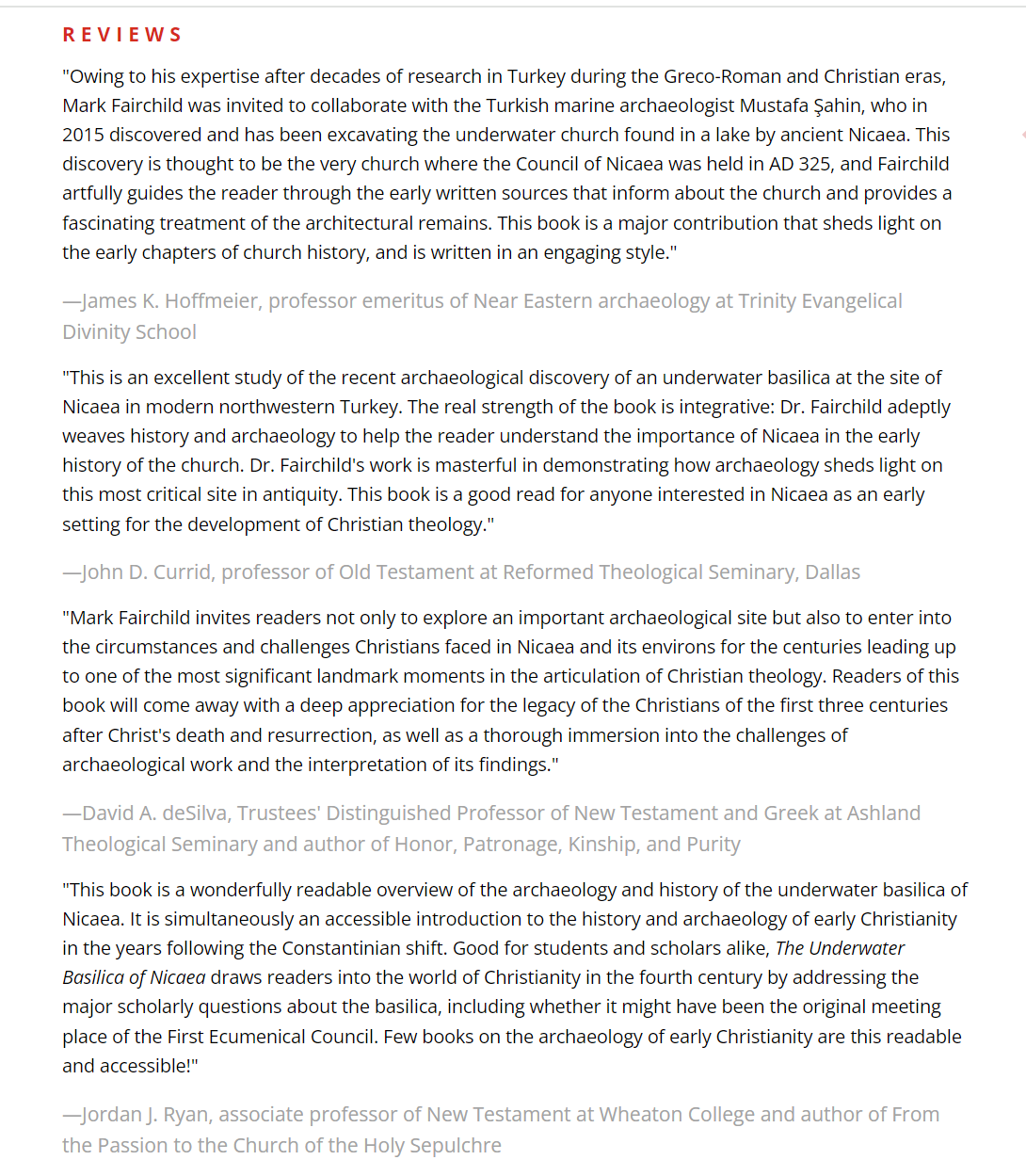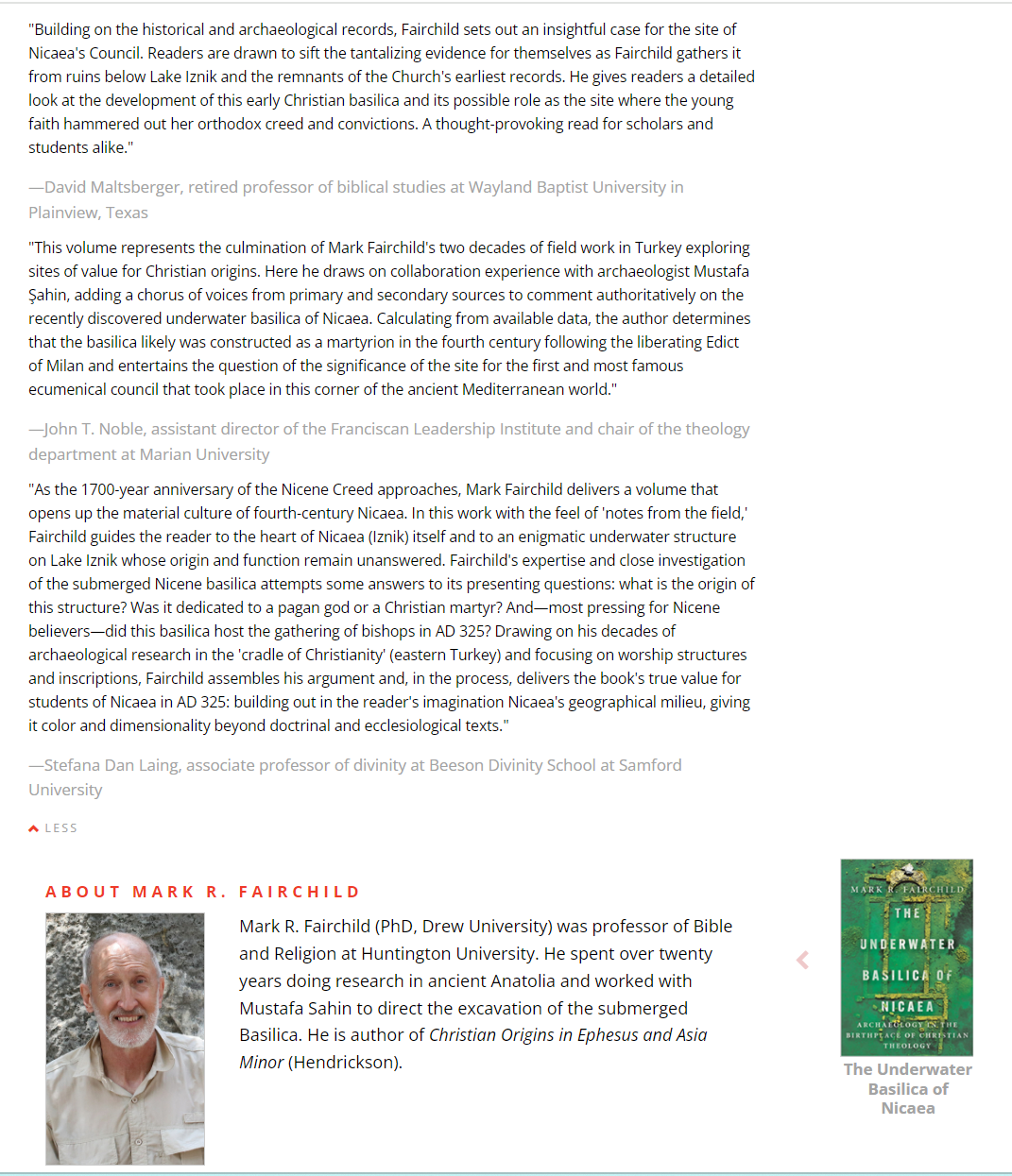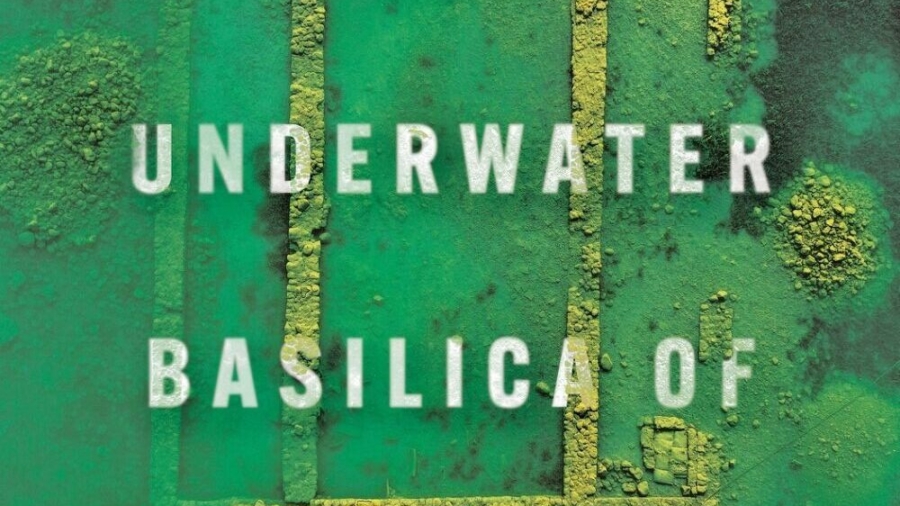Celebrations are planned revolving around the discovery of the now submerged basilica – probably the place where the council met. Read all about it in my book: The Underwater Basilica of Nicaea: Archaeology in the Birthplace of Christian Theology. The volume will be available at the beginning of November 2024. You can preorder a copy at IVP Academic: https://www.ivpress.com/the-underwater-basilica-of-nicaea
You can also visit Nicaea, the underwater basilica and other sites in Turkey on one of my 2025 trips – October 3-15, 2025 – https://www.ancientbiblicalworld.com/biblical-tours/
In AD 325, Constantine, the first Christian emperor, gathered over 300 bishops from across the Mediterranean world for the first ecumenical council. After two months of discussion and fellowship, the attendees issued the celebrated Nicaean Creed, acclaimed by all denominations worldwide today: Protestant, Catholic and Orthodox. The council marked a new beginning, following more than two centuries of sometimes bitter persecution. In AD 313 Constantine, along with Lucinius, issued the Edict of Milan, which brought an end to the systemic persecution of Christians in the Roman Empire. The Council of Nicaea, called twelve years later, was an attempt to unite the Christian church, which by that time had spread throughout the Mediterranean world. The beliefs incorporated in the Nicaean Creed were not new. In fact, the teachings originated in the first century, but Nicaea established a theological foundation that has endured up to the present.


